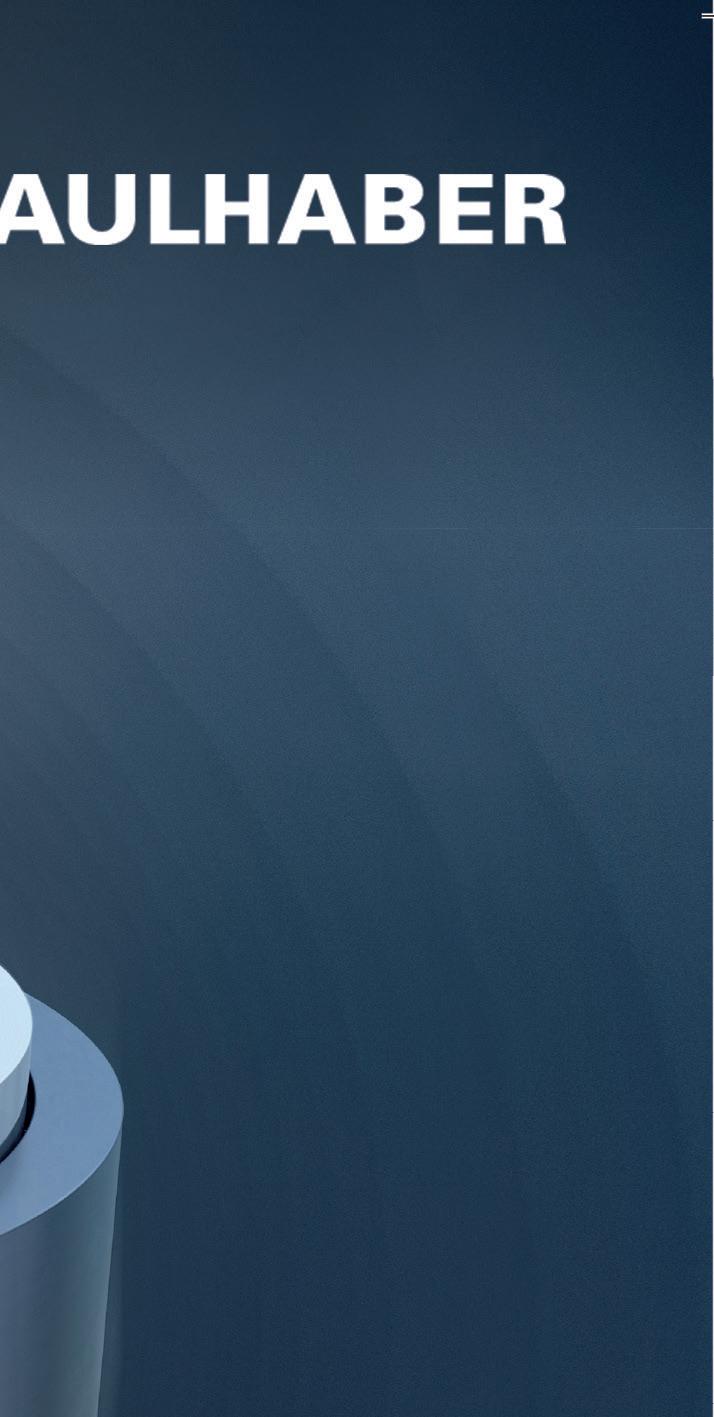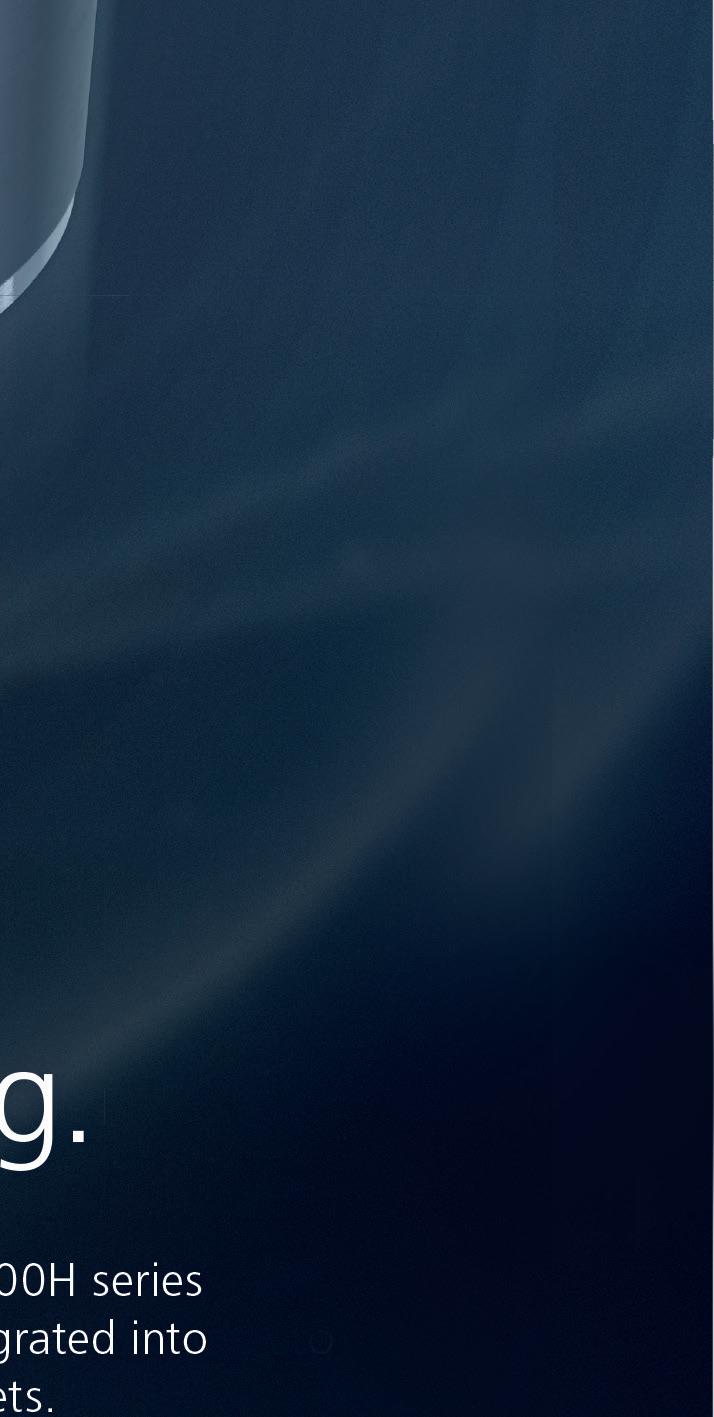
5 minute read
IP ISSUES
5 IP tips to help medical device entrepreneurs entrepreneurs


Taking certain steps — including the easily overlooked — can bett er protect your intellectual property.


Tom Salemi | DeviceTalks Editorial Director | A re you thinking of designing a medical device or launching a company? In recent episodes of the DeviceTalks Weekly podcast, two IP lawyers shared several tips that medical device company executives and entrepreneurs should consider as we move into a post-pandemic world.
Below are fi ve pieces of advice from Finnegan, Henderson, Farabow, Garrett & Dunner partners Arpita Bhattacharyya and Jacob A. Schroeder.
1. `FTO’ tips
Bhattacharyya advised entrepreneurs to consider four things when conducting “freedom-to-operate” (FTO) patent searches.
• Do it early in product development.
Bhattacharyya said it’s easier to design around a problematic patent, negotiate a license or challenge an existing patent before doing too much work on a device. • Be sure to conduct an FTO search in every country you’d like to operate in. • Remember to check pending patent applications. • If you’re on a limited budget, start your search with key competitors. If you don’t fi nd confl icts, then slowly expand the circle.
2. Consider a design patent
Medical device companies have traditionally focused on obtaining utility patents, which protect how a device’s use and workings, Bhattacharyya said. Design patents protect the way an article looks; people often overlook them.
“But design patents can really help to strengthen your patent portfolio and give you a competitive edge, particularly against similar-looking or knockoff competitor products,” she explained.
In addition to protecting your medical device’s non-functional, ornamental features, a design patent can protect the look of the graphical user interface or the design of replacement parts.
3. Don’t forget method claims
In addition to a design patent, a method claim can cover the process of performing a procedure.
Method claims can potentially provide broader protection than device










Arpita Bhattacharyya | Finnegan | claims because they do not require a detailed structural recitation, which tends to narrow the scope of the claim.
No one wants to sue the hospital or doctor for infringing on method claims, but a competitor’s device can indirectly infringe your method claims. When it comes to enforcing your patent against a competitor’s device, a broad, well-drafted method claim can really come in handy, Bhattacharyya said.

4. Quality over quantity
While patent protection is essential, Schroeder reminds company executives that quality is better than quantity.
“Of the over 10 million patents issued in the history of the United States, only a small percentage of these have ever been subject of a lawsuit, and fewer still have made it all the way to a jury verdict,” Schroeder said. “That’s why measuring the value of your company simply by the number of patents it has obtained makes about as much sense as measuring the value of your company based on the number of people it has employed over the company’s history. Both metrics show that a lot of money had been spent, but … as a patent trial lawyer, I’d take one well-drafted patent over a thousand weak patents any day.”
5. Does remote work weaken trade secrets?
The pandemic has forced many companies — including medtech startups — to allow employees to work from their homes using laptops and services like Zoom to keep teams connected and projects moving forward. But has this workplace shuffl e endangered your startup’s ability to defend trade secrets?
Using Zoom and other online meeting services may mean many of a company’s most confi dential secrets, source code schematics and competitive intelligence gathering could be accessible from anywhere, according to Schroeder.
“With virtual meetings, many of your company’s meetings are now potentially open for unseen eavesdroppers, whether by sophisticated hackers, inadequate restrictions being placed on the meeting or its recording, or simply to family members at your employees’ houses,” he said.
Now that medtech companies have a handle on remote work and, perhaps, an eye toward returning to the offi ce in some capacity, companies may want to consult with attorneys and IT professionals to ensure their trade secrets remain in full force.
“A complete plan should involve not only an assessment of your company’s trade secrets but also your IT infrastructure,” Schroeder said. Companies with employees who will remain at home should consider employee education about protecting trade secrets.
Jacob A. Schroeder | Finnegan |

DEVICETALKS WEEKLY PODCAST SERIES
Each week, the DeviceTalks Weekly podcast delivers essential insights, analysis and interviews for medical device professionals. Recent guests include Lisa Earnhardt (Abbott), Ashley McEvoy (Johnson & Johnson), (Johnson & Johnson), Steve MacMillan (Hologic), Geoff Martha (Medtronic), Shacey Petrovic Petrovic (Insulet) and many others. You can fi nd the podcast on devicetalks.com or and many others. You can fi nd the podcast on devicetalks.com or subscribe on Apple Podcasts, Google Podcast, Amazon, Spotify, and other subscribe on Apple Podcasts, Google Podcast, Amazon, Spotify, and other podcast channels. If you’d like to appear on the podcast, email co-host Tom podcast channels. If you’d like to appear on the podcast, email co-host Tom Salemi at tsalemi@wtwhmedia.com or on Twitter @medtechtom.









